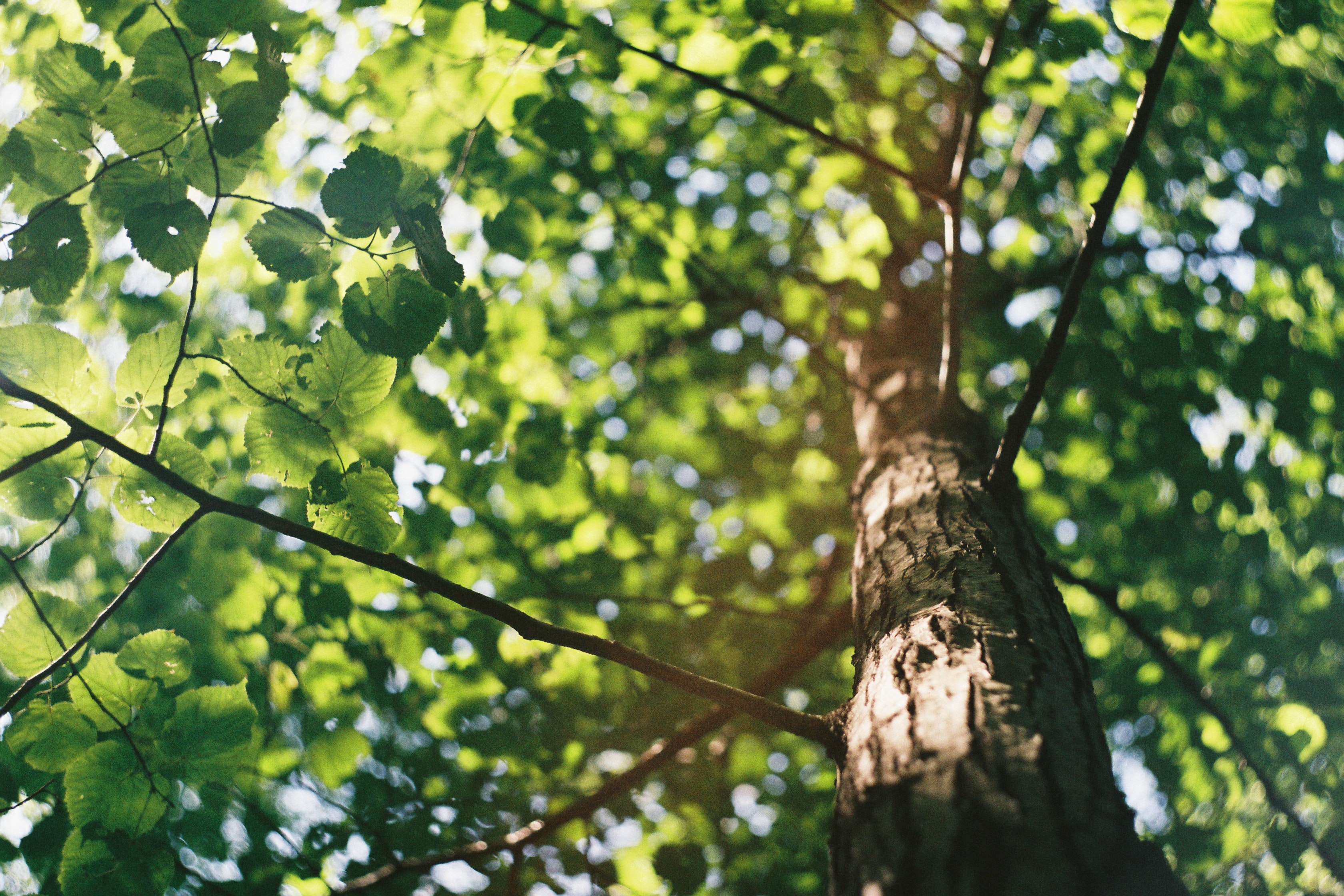Pro Tips for Limiting Tree Growth: When Bigger Isn't Better
Pruning vs. Growth Regulators

The objective of tree size management is a complex task involving tactics like pruning and the utilization of plant growth regulators, each presenting their own advantages and limitations.
Pruning vs. Growth Regulators
- Pruning: This mechanical technique involves selectively removing branches and leaves to precisely manipulate a tree's size and form. Although labor-intensive, it offers a high degree of control.
- Growth Regulators: These chemical agents, while effective in controlling tree size, lack the precision inherent to pruning.
Selecting an Appropriate Growth Regulator
Paclobutrazol reigns as the most widely used growth regulator for tree size reduction. It works by inhibiting biosynthesis, consequently reducing stem elongation and resulting in a more compact tree.
Optimal Usage of Growth Regulators
- Timing: For maximum efficacy, apply the regulator either during the tree's dormant phase or at the onset of its growing season.
- Methodology: Soil and trunk injections are the prevalent application methods.
- Dosage: Strict adherence to dosage guidelines is essential and varies according to tree size and age.
Critical Factors to Consider
- Duration of Impact: A single application of Paclobutrazol can stymie growth for an extended period, requiring a long-term commitment.
- Associated Physiological Changes: Diminished growth rates may induce thicker leaves and more vibrant coloration, effects that may either align with or counteract your management objectives.
Application strategies should be tailored to the tree's unique condition and aligned with long-term maintenance goals.
